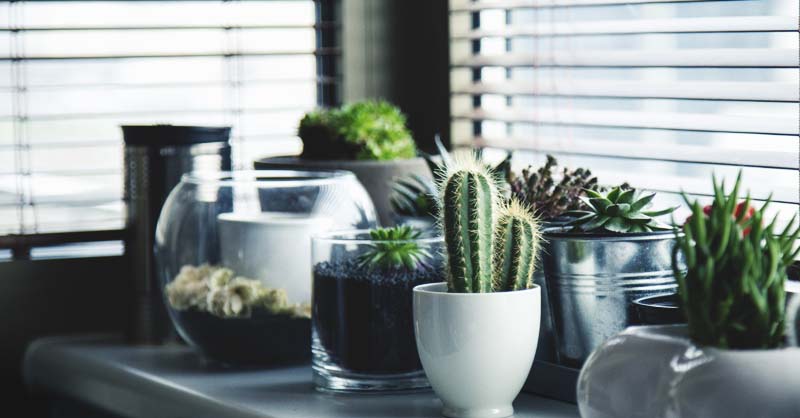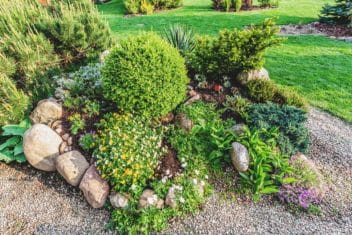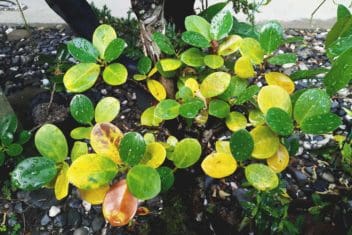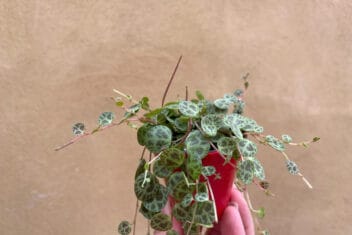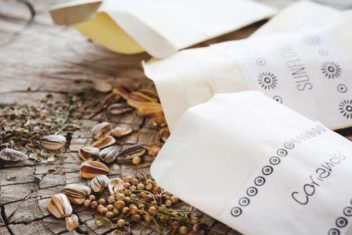Are you a fan of the latest plant trend? If you’re mind went to succulents, you’d be correct. There are many different varieties of these plants.
But they come in cool different shapes and colors. They can add a ton of personality to the inside or outside of your home.
However, you may be wondering how you should properly care for these plants. After all, they aren’t what you typically see in most gardens.
Well, I have you covered. Here’s everything you need to know to care for your succulents both indoors and out:
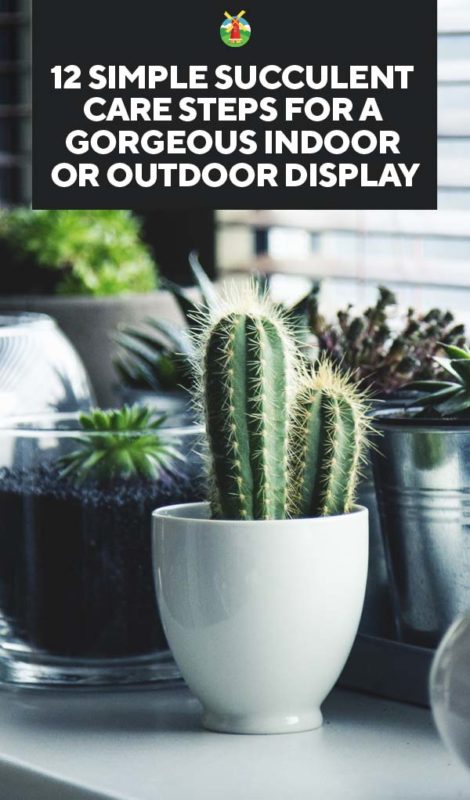
Outdoor Succulent Care
Outdoor succulents require only a few main things to be happy and thriving. If you provide these basics, you should have little trouble. Here’s what they need from you:
1. Plant in the Right Zone
Succulents grow well in most zones. However, be sure you live in planting zones three through nine for best results with succulents.
They’re known for being hardy in these places. If you don’t live in these zones, you should grow them indoors for better results.
By knowing which zone you live in, you can go about caring for your succulents as needed.
2. Proper Care After Shipment
You can go to your local big box store and purchase a variety of succulents, but they don’t carry everything, in most cases.
If there’s a specific type of succulent you’re looking for, you may have to order it. When this happens, it’s best to order the plants during the spring.
Spring is best because the plant should be in its dormancy period. Don’t be alarmed when you first open your package and see a dull plant inside.
When you place the plant in the sunlight, it should begin to liven back up. You’ll need to follow package instructions as to how to plant your succulent.
Most succulents have shallow root systems and don’t require much depth. However, be sure to read planting instructions for your specific type before planting.
3. Sunlight

Most succulents desire full sun. Some may require a little afternoon shade to give the plant a break. This will depend upon which variety you’ve chosen.
Take your plant’s specific needs into account when choosing a proper location for planting. If you’re concerned you don’t have an adequate spot, consider putting the succulent in a container.
This way you can move the plant around to ensure it gets what it needs for proper growth.
4. Adequate Soil
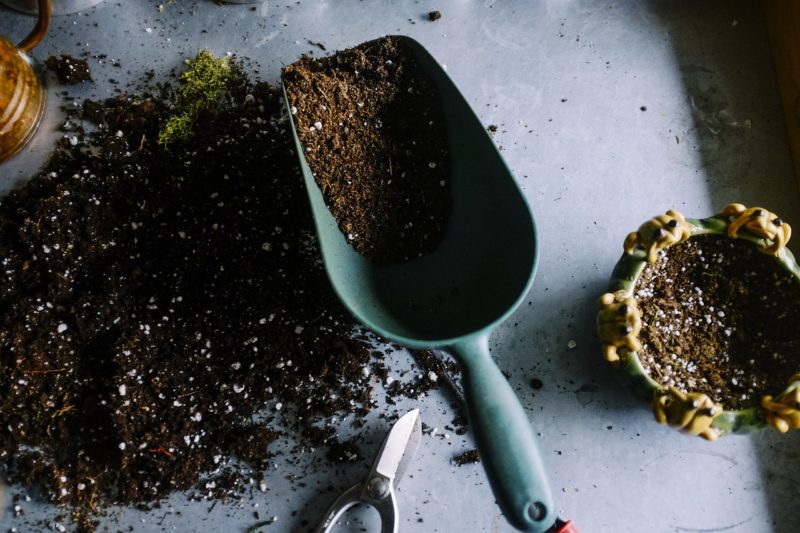
Like most plants, succulents need adequate soil. They prefer to be planted in well-draining soil.
If you have an area on your property where water drains to and stands, this isn’t where you should plant the succulents.
Instead, put them in an area where the water will drain through the soil to give the roots what they need, but will not leave the root system wet for a prolonged period.
Also, if you’re planting your succulents outdoors in a container, consider adding small rocks or sand to help the soil drain well within the container.
5. Watering Skills
Succulents prefer to have a few deep watering sessions per week instead of being watered daily on a shallower level.
The reason being is the roots aren’t happy when left damp for long periods of time. Which is why you should water your succulents to where the soil is thoroughly soaked around the plant.
Wait until the soil is totally dry before you water the plant again. When the soil is dry, repeat the process.
6. Fertilizer
Succulents don’t need a ton of fertilizer. If you apply fertilizer one time per month during a watering session, your plant should do fine.
Some people don’t fertilize their succulents because they don’t feel they need it. You’ll see how your plant is doing and whether or not you feel like it needs it.
If the plant needs a boost, give it the boost of fertilizer one time per month. If your soil is doing its job all by itself, you can skip this step.
7. Care for Flowers
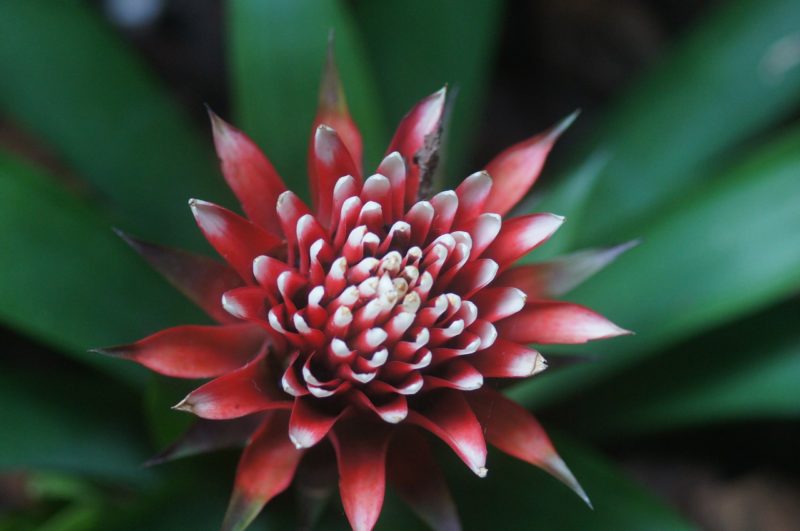
Some succulents will produce bright and vibrant flowers. When this happens, you’ll see a shoot come out of the plant and produce flowers at the end of the shoot.
When the flowering session is over, you’ll be left with a larger shoot sticking out of your plant. The shoot is no longer of any use to the plant.
For this reason, you can gently twist the stalk to break it away from the plant. When the plant goes to flower again, it should produce a new shoot.
Indoor Succulent Care
Succulents have been popping up in outdoor gardens all over the place. But it seems they’re popping up even faster indoors. Here’s what you need to know to care for your indoor succulents:
1. Pick’em Right
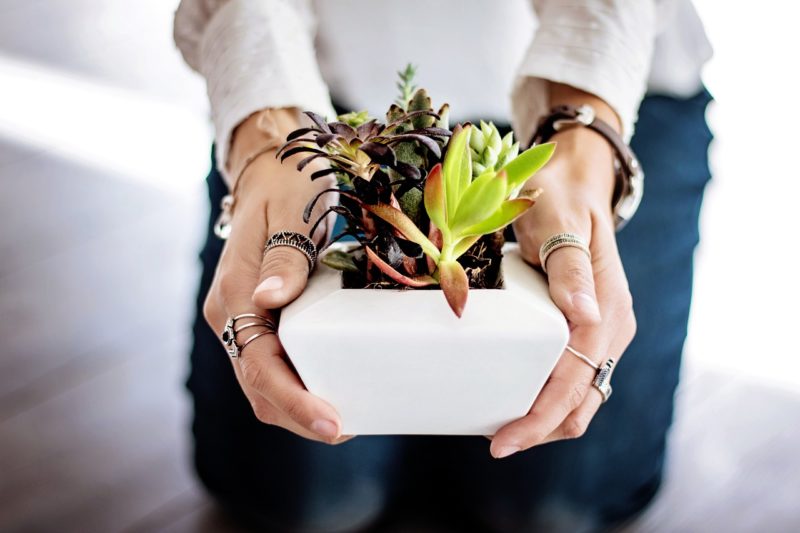
Not every succulent is going to be a good choice as an indoor plant. As a general rule of thumb, if you choose a brightly colored cactus, it won’t do well inside.
The reason being, succulents which produce vibrant colors require more sunlight than they can get through a window.
But if you choose green succulents, they don’t need as much sunlight. Therefore, they can get what they need through a window and do fine.
2. They Need Their Sun
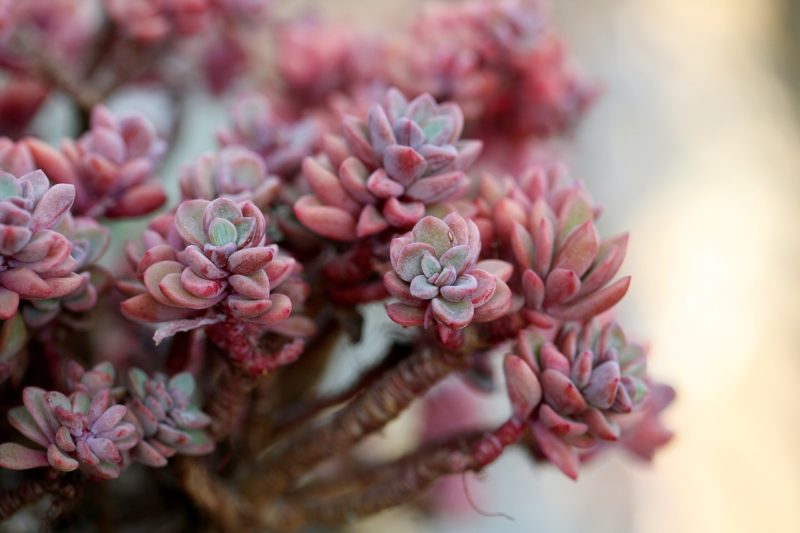
Speaking of sunshine, succulents have a way of letting you know whether they’re getting too much or not enough.
To start, succulent plants need sunlight all day. When outside, succulents get full sun and can sometimes need a break of shade.
Well, indoor plants get only indirect sunlight and the more they get, the better. If by some chance you live in a climate where during the summer months your south-facing window receives a great deal of hot sun, you may begin to see signs of the plant burning.
If you see this, be sure to move the plant to another window which isn’t facing directly south until the hottest part of the year has passed. Though this is rarely something you’ll need to be concerned about.
However, if you begin to see your succulent leaning toward the sunlight, it means your plant isn’t getting enough light.
You should try moving it to a sunnier location in your home. If the plant is in the sunniest spot and still stretching to get to the light, you might need to add a grow light to supplement what the plant isn’t getting.
Keep in mind, if your plant begins to become leggy from stretching, you can cut the top of the plant off and use what you cut off to propagate and form new plants.
3. Water Properly
Watering is a big deal with any plant. If you water correctly, your plant should thrive. If you don’t, your plant will most likely struggle.
In this case, succulents shouldn’t be watered daily. They don’t like have wet roots for long periods of time.
Therefore, it’s a good idea to have a deeper watering session. From there, give the plant and its roots time to dry out.
When the soil is totally dry, it’s time to have a deep watering session again.
Keep in mind, when succulents are going through their time of dormancy they won’t need to be watered as frequently because they aren’t using as much water.
The colder months of the year is when their dormancy happens. Keep this in mind when watering your succulents.
4. Containers Matter
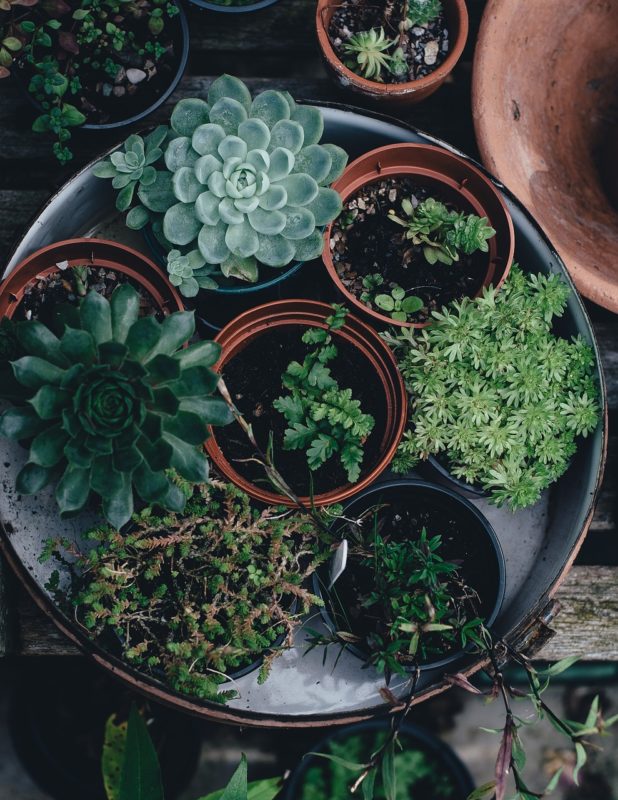
With any houseplant, choosing the proper container can be the difference between your plant thriving or not.
It’s common to see beautiful glass terrariums which include succulents. These are gorgeous ideas, but they aren’t necessarily the best choice for someone new to growing succulents indoors.
Unless you feel confident in your ability to care for your succulents, you may want to choose a container which has drainage holes to ensure the plant doesn’t drown.
As you grow more confident in caring for your succulents, try switching to glass containers and see how you do.
5. Watch Out for Threats
The last thing you must be concerned about when raising succulents indoors is the common threats you sometimes find.
Gnats would be your first issue. If you have gnats, you can be pretty sure you’re overwatering your plants.
They enjoy hanging around moist areas. When you see gnats taking over the container where your succulent is growing, stop watering. As the soil dries out the problem should take care of itself.
The other threat you may come into contact with are mealy bugs. These are tiny white bugs which will live on your succulents and lay eggs in your soil.
If you see signs of mealy bugs, you’ll need to spray the leaves of your succulent with rubbing alcohol. You can spray the soil with rubbing alcohol as well.
Or you can go as far as pouring rubbing alcohol directly into the soil of your succulent. This should kill off any remaining eggs in the soil.
Well, you now know everything about succulent care for both indoor and outdoor plants. Hopefully, this will help you to grow and maintain a gorgeous and unique garden. These plants are lovely and certainly have a way of adding subtle décor to any home, indoors or out.
